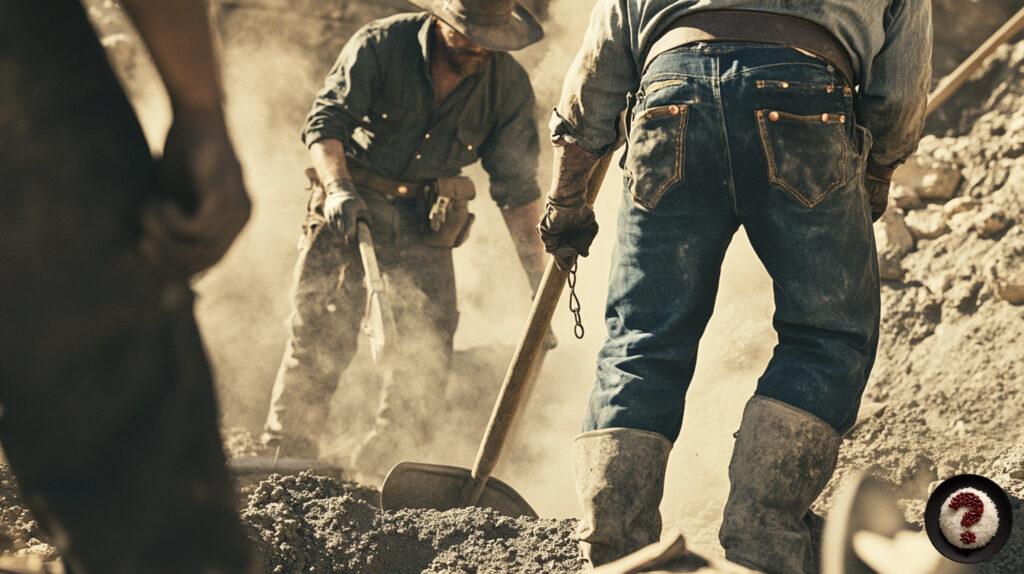
The History of Jeans: Denim’s Adventure from the World to Turkey
Jeans… They shape global fashion trends, yet in Turkey, they are the indispensable item for both the coffeehouse look and the concert outfit. Is there anyone who doesn’t wear them? Well, perhaps our grandfathers might still turn up their noses at the “narrow-cuffed, ripped-knee” ones, but jeans are a wardrobe superhero that says, “I am everywhere.”
In this article, we will talk about the story of denim, starting from the gold mines of America and stretching to the minibus seats in Turkey. A little history, a little culture, and a little bit of the question: “Why didn’t those jeans fit me?”
The Birth of Jeans: The Scent of Gold, Sweat, and Denim
The official birth date of jeans is 1873. Jacob Davis, a tailor who traveled to San Francisco with his suitcase, and Levi Strauss, a fabric seller, realized that miners needed durable pants that wouldn’t easily rip. They combined denim fabric with copper rivets and invented the blue jean. Nobody thought on that day, “These pants will one day walk the runway at a fashion show.”
Denim, Jean, or Kot?
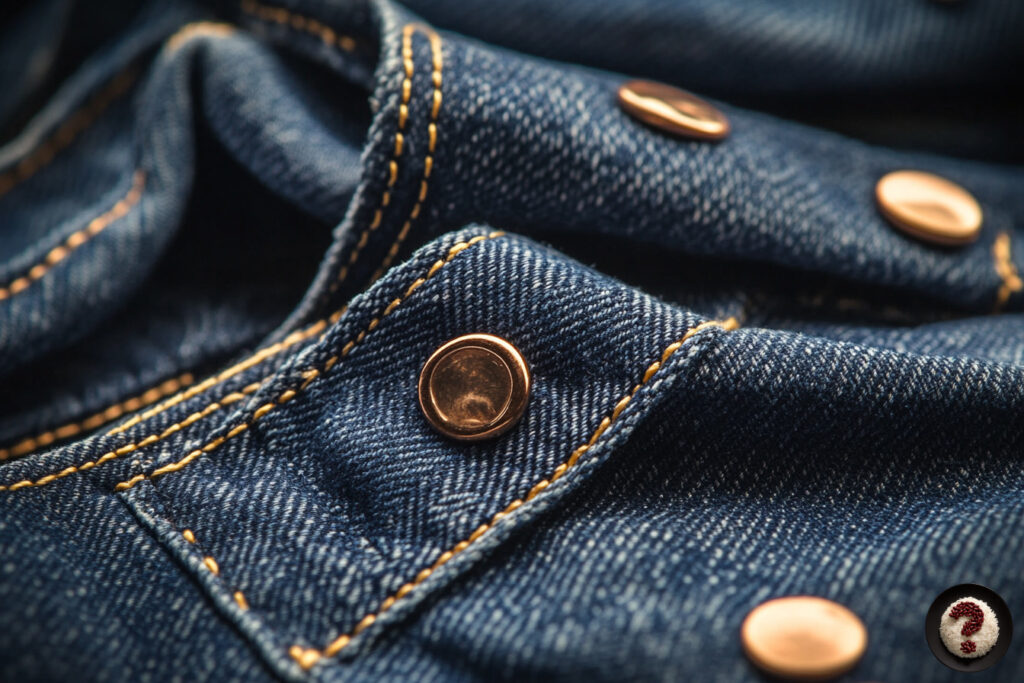
Let’s first clarify the terminology: “Denim” is the name of the fabric. “Jean” is the style of the model. “Kot” is a name specific to Turkey. Why? Because the name of the first factory that produced this fabric in Turkey in the 1950s was “Kot.” The brand became so popular that the word became generic. So today, regardless of the brand, we all say “kot pantolon” (jeans).
From Worker’s Uniform to Youth Rebellion
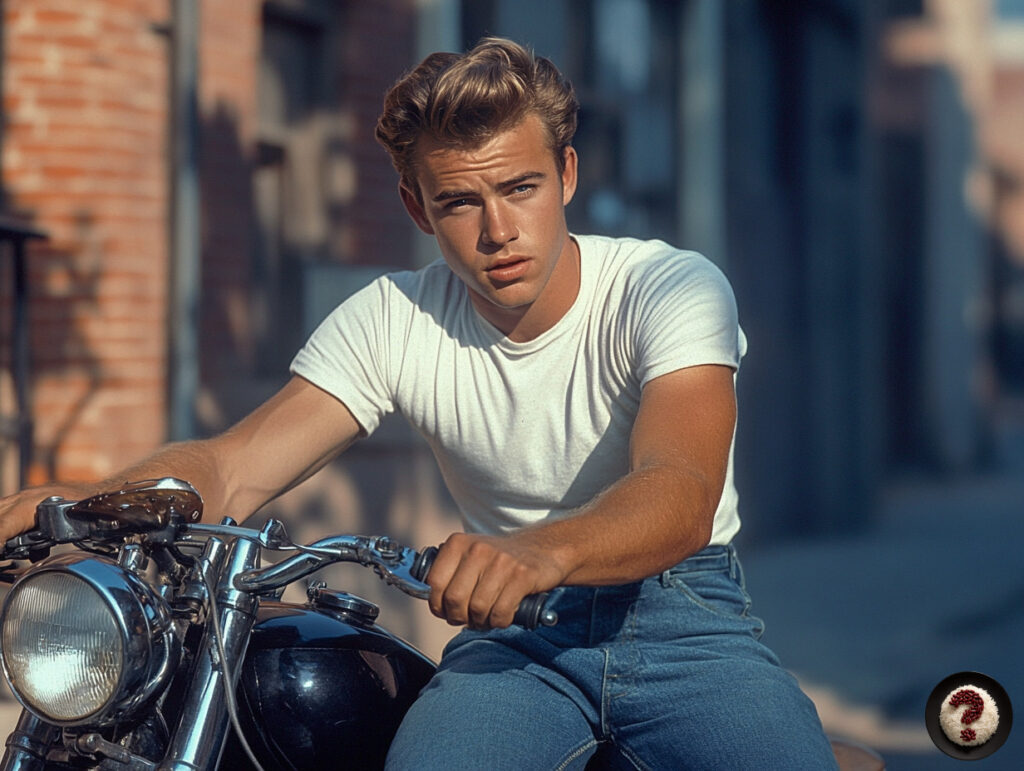
In their early days, jeans were worn only by workers, farmers, and miners because they were durable, didn’t hold mud easily, and lasted for years. By the 1950s, the mood changed. When James Dean and Marlon Brando, the symbols of rebellious youth, paired jeans with white T-shirts, the denim pant became a symbol of “rebel youth.”
Rock ‘n’ Roll and Flower Children
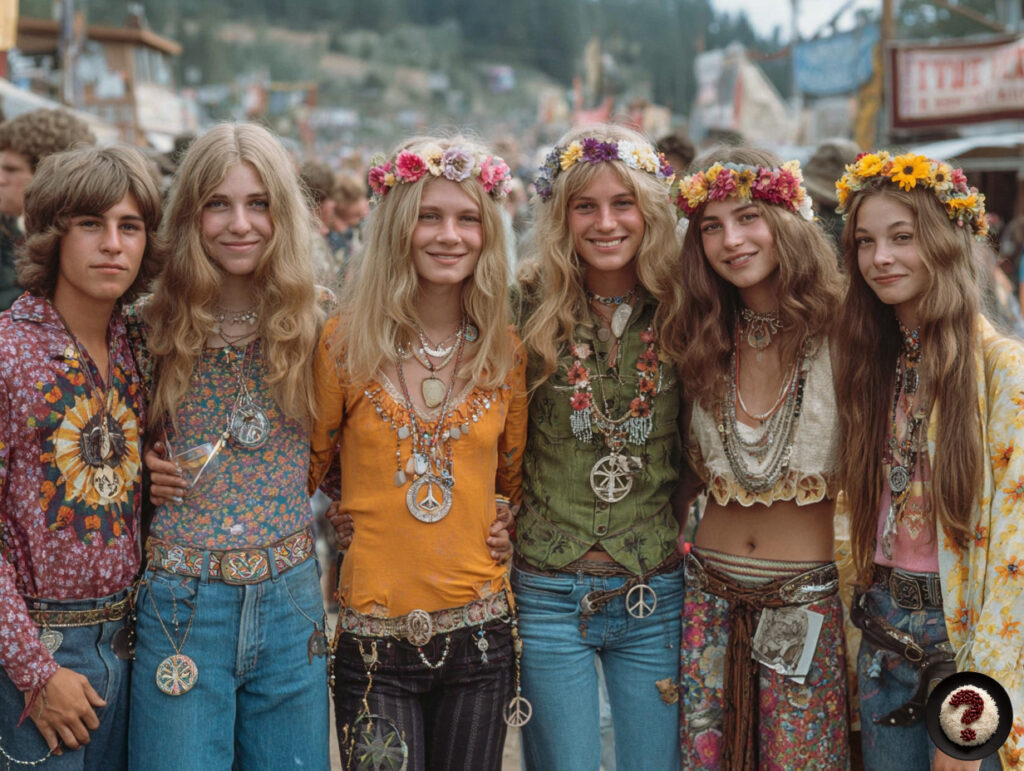
In the ’60s and ’70s, jeans became essential for rock concerts, the Woodstock festival, and peace signs. Cuffs widened, and rips became “style,” not a “factory accident.” Denim was no longer just a durable fabric; it was a character statement.
The 1980s and the MTV Era
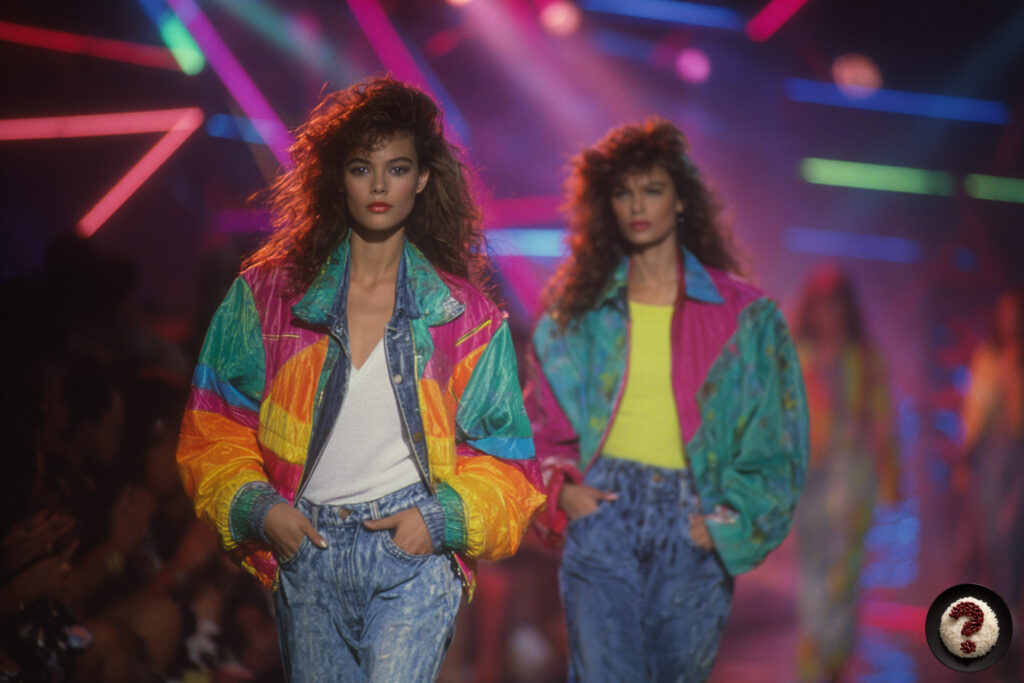
In the ’80s, jeans shined with massive advertising campaigns. Stone-washed, acid-washed effects, high-waisted cuts, and blue tones danced in the videos of pop icons. By the ’90s, the low-rise fashion exploded. Jeans had become a universal uniform.
Entry of the Denims into Turkey
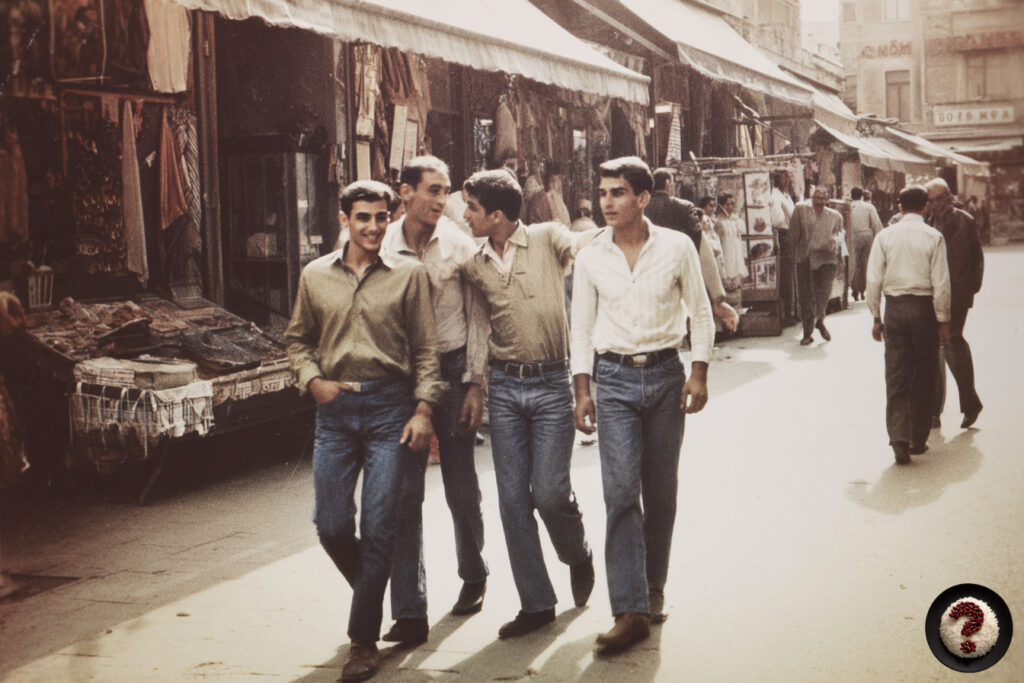
Turkey met jeans in the late 1950s. Denim pants produced by the “Kot” brand first spread among urban youth. Later, we saw local interpretations in markets and at tailors. In the ’80s, with the import boom during the Özal era, jeans entered into competition with foreign brands.
Jeans in Turkey in the ’90s
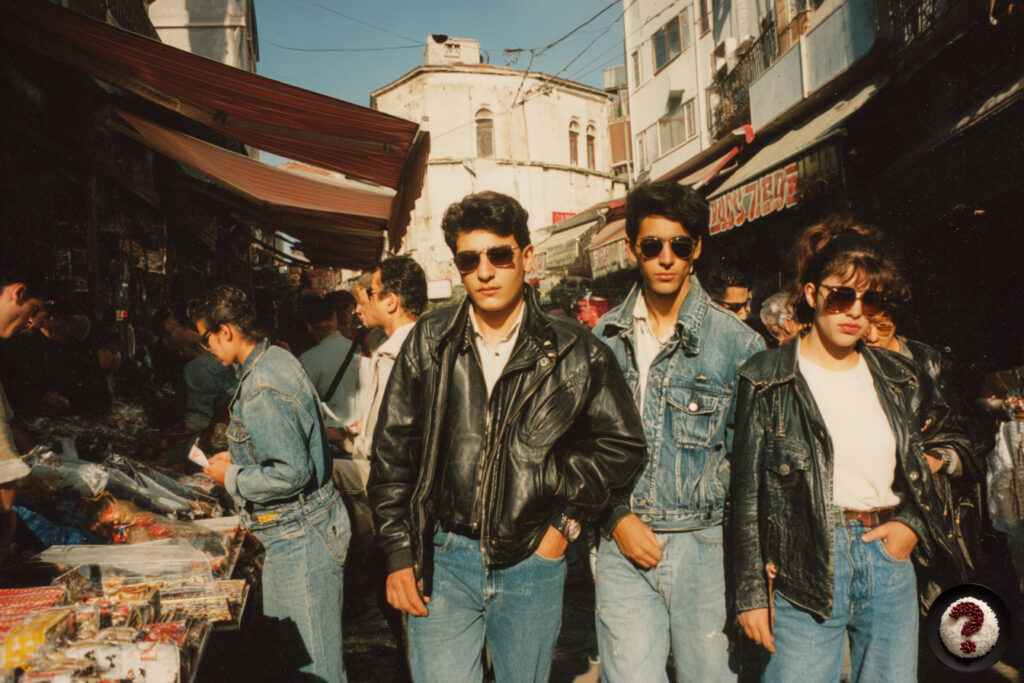
In the 1990s, jeans were everywhere. Paired with black T-shirts in rock bars in Taksim, with leather jackets in minibuses, and with shirts on university campuses… At that time, even the “denim shirt + denim pants” combination was in fashion (mockingly called the Canadian Tuxedo).
The Socialization of Jeans
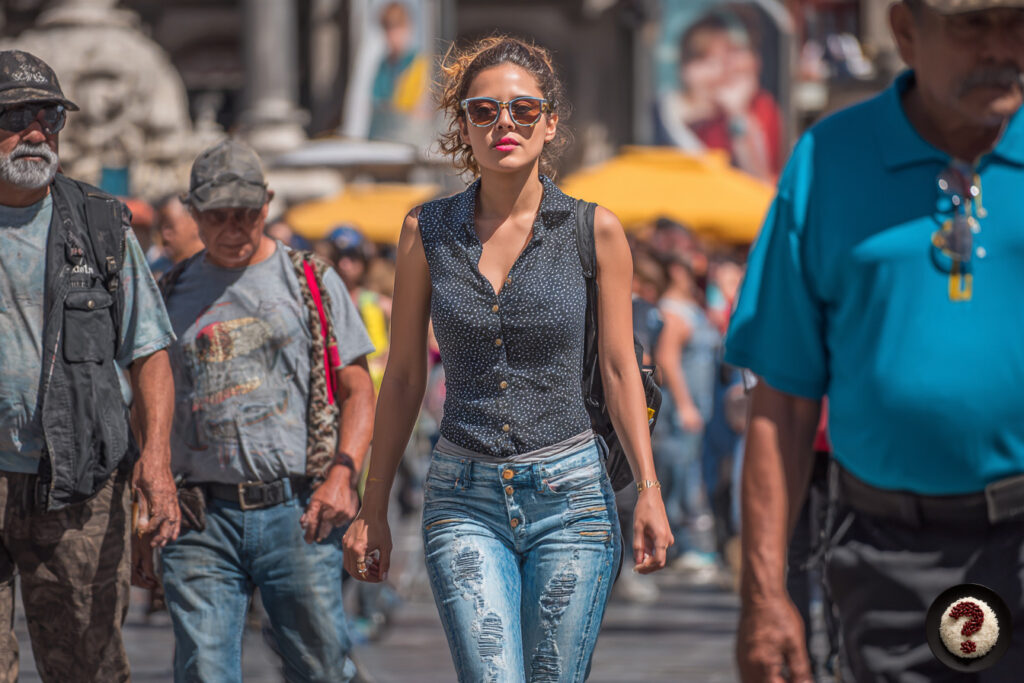
The beauty of jeans is that they know no boundaries. A millionaire wears them, and so does a student. A factory worker wears them, and so does a CEO. While wearing jeans to a wedding is still debatable, they are one of the rare garments accepted in almost any environment.
Jeans and Body Politics

Despite the universal appeal of jeans, everyone has experienced a specific trauma: the pants you thought would fit in the store don’t zip up when you get home. Denim is unforgiving, especially if you choose the wrong cut.
Denim Culture in Turkey

Turkey didn’t just wear and consume jeans; it created its own style. Manufacturers who mastered washing and distressing techniques gave rise to brands that export worldwide. Today, Turkish brands like Mavi, LTB, and Colin’s shape global denim fashion.
The Economic Power of Denim
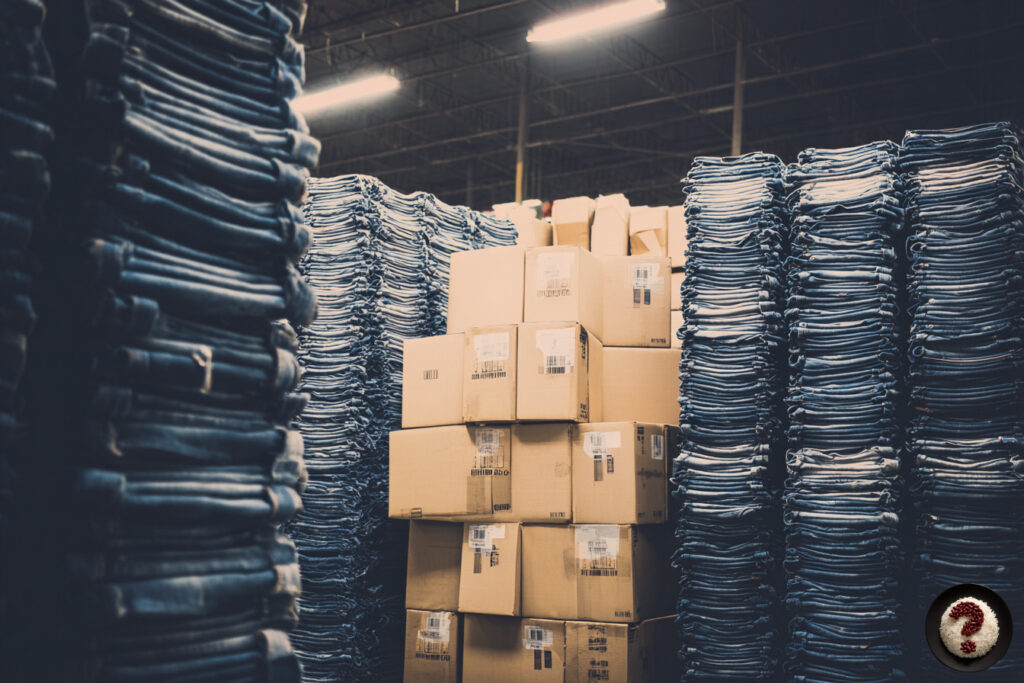
The global denim market is a multi-billion dollar industry. Turkey ranks among the top five suppliers thanks to its production quality. Thus, we are not only a consuming nation but also a powerful country that produces and exports denim.
Denim and Sustainability

Of course, denim has a dark side: the use of excessive water and chemicals in production. In recent years, ecological dyeing techniques and recycled denim fabrics have come to the fore. There are significant investments in this area in Turkey as well.
The Evolution of Jeans with Fashion Trends
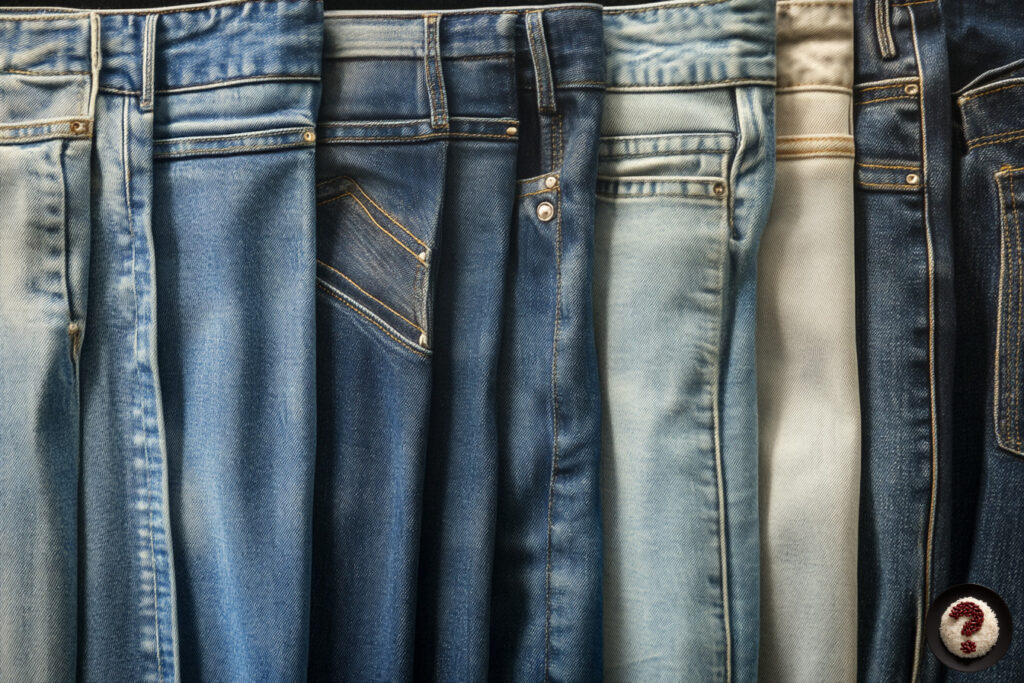
High-waist or low-rise, slim fit or baggy… Jeans trends are cyclical. A style you once said you’d “never wear” can become your closet favorite five years later.
The Psychology of Jeans

Jeans make you feel comfortable because they are a “casual” item. But with the right cut and wash, they can also look quite stylish. That’s why they are equally appealing to a pop star on stage and a person reading a book at home.
From Miner to Influencer
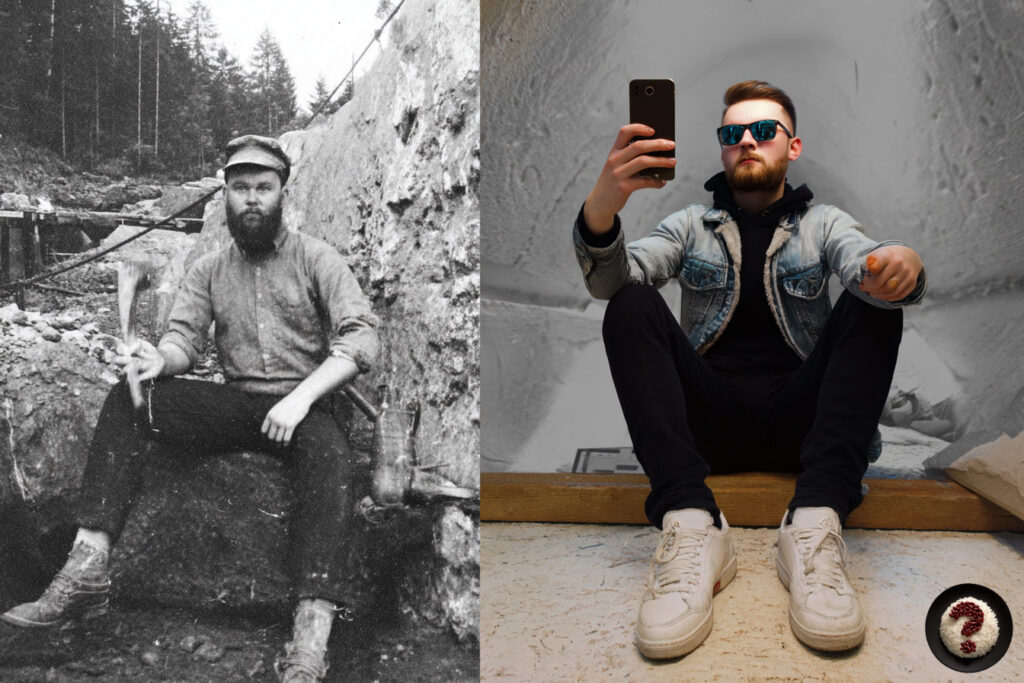
Jeans have written a story that began in the gold mines and extended to Instagram poses. Turkey has taken part in this story both as a fashion maker and a narrator. Today, the jeans in our closet are perhaps our wardrobe’s most loyal friend.
